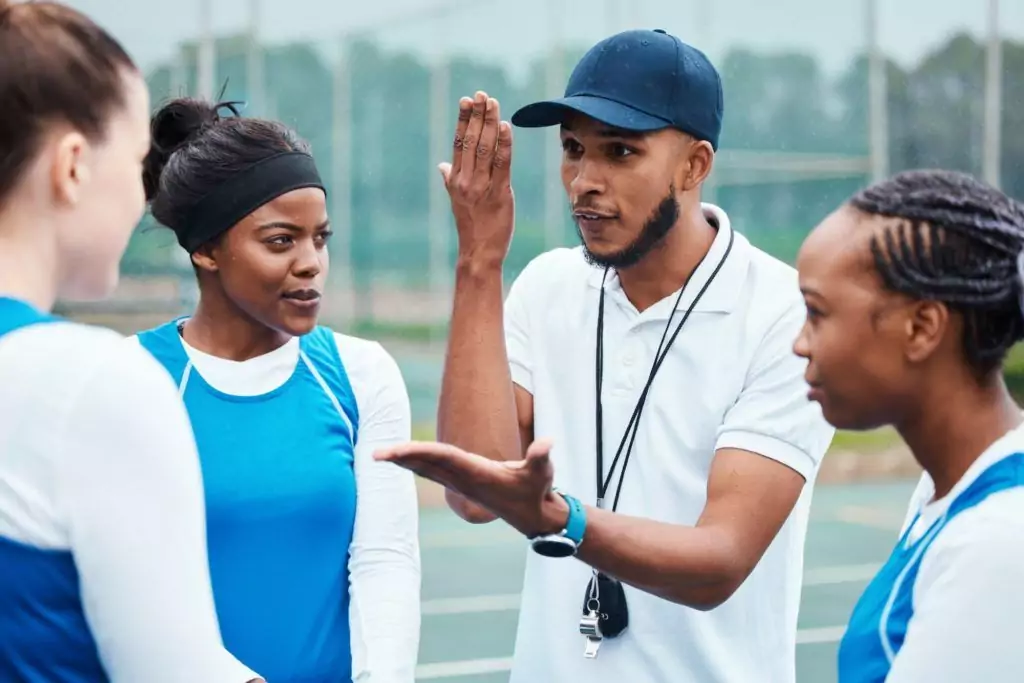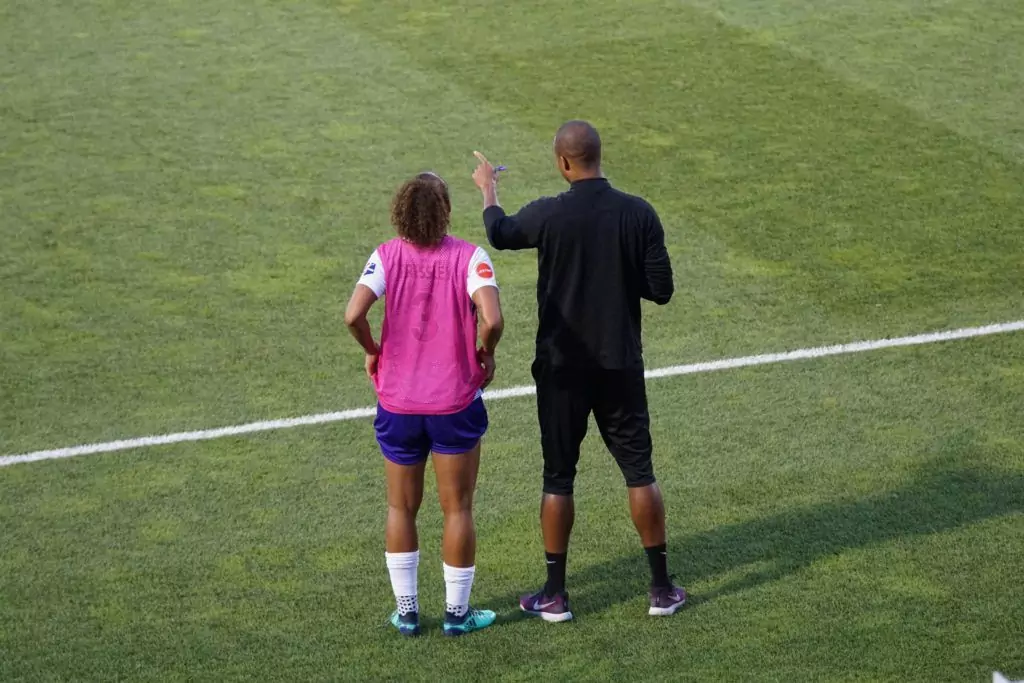In the world of competitive sports, achieving excellence requires optimizing every aspect of training and performance, from rigorous workouts to efficient recovery. As a coach, striking the right balance between these vital components can be the decisive factor in the success of your team.
Understanding how to optimize workouts, facilitate recovery, and manage the demands of fundraising can mean the difference between triumph and defeat — and, ultimately, plays a significant role in unlocking your team’s full potential.
In this comprehensive article, we will delve into the integral aspects of crafting a well-balanced training and recovery routine, focusing specifically on a coach’s perspective. From identifying the key indicators of workout intensity to implementing the latest recovery strategies, we will empower coaches with the knowledge and tools to make informed decisions that benefit their athletes.
Additionally, we will explore the importance of fundraising and highlight modern, innovative solutions that allow coaches to seamlessly incorporate fundraising efforts into their busy schedules without sacrificing their team’s training needs.
Mastering the Art of Training Intensity
For a coach, understanding the optimal level of training intensity is vital in achieving the delicate balance between challenging athletes and avoiding counterproductive overexertion. To master the art of training intensity, consider the following pointers:
- Individualized evaluations: Assess each athlete’s fitness level, unique abilities, and personal goals, considering factors such as age, experience, and current physical condition.
- Monitor workload: Keep track of training volume (such as distance, duration, or sets), intensity (measured by heart rate, perceived exertion, or velocity), and frequency (sessions per week).
- Adjust intensity progression: Gradually increase training intensity based on individual performance improvement, ensuring athletes are challenged without increasing the risk of injury.
Early Identification and Management of Overtraining
Overtraining is a serious concern for athletes, and as a coach, it’s essential to recognize early signs and implement appropriate adjustments. Be aware of the following indicators of overtraining:
- Physical signs: Athletes may exhibit excessive fatigue, persistent muscle soreness, unexplained weight changes, or decreased performance.
- Psychological symptoms: Watch for changes in mood, motivation, sleep disturbances, or signs of heightened anxiety.
- Proactive management: If overtraining is suspected, temporarily reduce the training load, prioritize rest and recovery, and offer psychological support as necessary.
Promoting Effective Recovery Strategies
Effective recovery is crucial in ensuring continued progress and injury prevention. Coaches can take an active role in recovery by promoting the following strategies:
- Prioritize sleep: Encourage athletes to establish a consistent sleep routine, aim for 7-9 hours per night, and optimize sleep quality with a comfortable environment.
- Nutrition and hydration: Emphasize the importance of proper nutrition and hydration during and after workouts to replenish nutrients, facilitate muscle repair, and optimize overall sports performance.
- Active recovery methods: Implement low-intensity activities such as stretching, yoga, or light aerobic exercises to facilitate blood flow, mobility, and relaxation.
Incorporating Successful Fundraising into Training Schedules
With the increasing costs of equipment, facilities, and travel, successful fundraising is crucial to supporting a team’s growth and success. Here are some strategies for incorporating fundraising activities into a busy training schedule:
- Allocate designated fundraising time slots: Incorporate fundraising activities into your team’s practice schedule, ensuring all members are present and contributing to the effort.
- Collaborative goal setting: Work with your team members to establish fundraising goals and designate specific targets for each athlete, creating a sense of shared responsibility.
- Fundraising throughout the season: Launch fundraising activities at the beginning of the season and maintain them throughout, allowing for the possibility of adjusting plans and strategies as needed.
Embracing Technology for Stress-Free Fundraising
To best support your team, utilizing technology solutions for hassle-free fundraising is essential in allowing you to prioritize training and recovery. Adopting a fundraising app can provide numerous benefits, such as:
- Simplify donation processing: An app can streamline donations, offering an easy-to-use interface for donors to give and reducing the hassle of handling cash and checks.
- Real-time data access: Keep track of fundraising progress, set milestones, and monitor contributions from one central platform.
- Social sharing integration: Easily spread the word about your fundraising campaign through social media platforms, increasing reach and engagement within the community.
Choosing the Right Fundraising Product for Your Team
Selecting the most effective fundraising product is key to maximizing profit for your group. Focus on:
- High profit margin: Choose a fundraising product that allows your team to retain a significant portion of the profits, ensuring your efforts pay off substantially.
- Digital accessibility: Embrace a fundraising product that offers digital integration to simplify distribution, management, and tracking.
- Target audience engagement: Opt for a product that resonates with your audience and aligns with their interests and values.
Delegating Fundraising Responsibilities Within the Team
Effective delegation can lighten the load on coaches and ensure the entire team stays involved in the fundraising process. Strategies for successful delegation include:
- Assign team leaders: Nominate team members to take charge of specific aspects of fundraising, such as promotion, organization, and tracking.
- Encourage different talents: Encourage team members to utilize their unique skills and talents to contribute to the fundraising effort, such as creating promotional materials, outreach to sponsors, or organizing virtual events.
- Foster healthy competition: Create team-based incentives and encourage friendly competition among members, driving engagement and motivation in fundraising.
Achieving Fundraising Victory with Scoreboard Fundraising
Striking the perfect balance between effective training, adequate recovery, and successful fundraising is an essential skill for coaches committed to their team’s growth and success. By embracing modern technology and innovative methods, coaches can ensure they’re best equipped to guide their athletes toward peak performance and provide vital resources.
Take your fundraising game to the next level with Scoreboard Fundraising’s state-of-the-art fundraising app, which simplifies the entire process and empowers your team to achieve remarkable results. Scoreboard Fundraising helps you maximize your profit while minimizing the hassle through cutting-edge technology designed specifically to meet the needs of busy coaches and athletes.
Don’t let the complexities of fundraising hinder your team’s success. Discover the exceptional benefits that Scoreboard Fundraising’s virtual fundraising app has to offer, and embrace the digital transformation that lets you focus on what really matters — guiding your team to victory. Get started with Scoreboard Fundraising today and unlock your team’s full fundraising potential!




